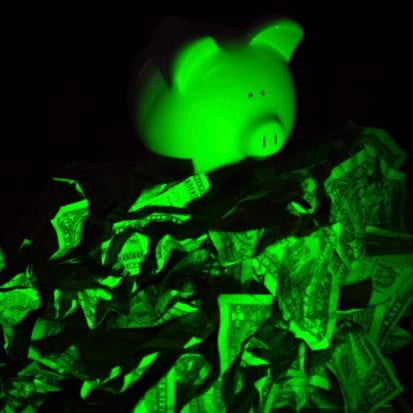 My hubby, being a software developer and a geek, put me onto a website called Gamasutra.com. It’s a gaming developer site but it does a pretty good job at explaining the monetization (yes, it’s a mouthful) of games such as Farmville, Smurfs Village or most recently Zynga’s Candy Cane Crush game (which I haven’t played).
My hubby, being a software developer and a geek, put me onto a website called Gamasutra.com. It’s a gaming developer site but it does a pretty good job at explaining the monetization (yes, it’s a mouthful) of games such as Farmville, Smurfs Village or most recently Zynga’s Candy Cane Crush game (which I haven’t played).
While my head was swimming after reading a couple of articles, some alarm bells were also going off which need to be shared. Since I am not an expert in this area, I am referencing articles from Ramin Shokrizade and Carla Engelbrecht.
Here’s what I learned…
1. Free to Play (F2P) – These are games which you download for free and then if you want a special reward or want to progress in the game, you need to fork over some money. I’ve experienced this with the app game called Smurfs Village. For me it was a big deal to buy smurfberries and then purchase some unique item that I wasn’t able to get before. Early on I got a small thrill out of it but then Beeline, the developers of Smurfs Village, became too aggressive with their monetization strategies which abruptly ended my Smurf playing days.
2. “Fun Pain” – This is a concept loosely created by Roger Dickey of Zynga. It means that you (the person playing the game) need to do a bunch of boring game tasks and then you experience something exciting afterwards. In the Smurfs app this would be planting your crops, waiting for a few hours and then getting a whole bunch of experience. With the experience you just gained, you could earn a new reward or move up to the next level.
It’s unnerving for me to learn about the concept of “Fun Pain”. While I’m not surprised, because the gaming industry is so huge and lucrative, it makes me stop and think about the games my kids are playing. Are my kids experiencing this? So far, we have kept them away from these types of games but as they get older this could become an issue.
3. Coercive Monetization – This is a mouthful to say, it sounds bad and it is. It’s a limited time bundle of content or discounted currency or whatever the game developers have come up with to get you to spend money. Coercive monetization is/was a classic Smurfs Village app tactic. I would receive random pop-ups for smurfberries at a reduced price with a special Smurfs creature thrown in. Sometimes I would jump at the offer and sometimes I wouldn’t. Over time, I became de-sensitized to them because they occurred so frequently.
So what are parents to do? I believe there are 3 main ways parents can be pro-active.
a) The best thing to do is to “play your kids games” and learn them. This way you understand how the game is making money and how you can effectively handle the situation.
b) Pay for games/apps upfront, if the option exists. This reduces the need to go back and continuously pay for upgrades or in-app purchases. A huge part of why F2P (pop quiz – what does this mean?) exists is because we like free stuff but ultimately as consumers we end up paying for it in the long run.
c) Turn off in-app purchases or disable in-game purchases. This will help to put your mind at ease when you aren’t monitoring your kids activities because, hey, at some point you have to get stuff done!
Have you fallen asleep yet? 🙂 I know it was a heavy duty article. Leave a comment below or email me at weeboot@gmail.com.





